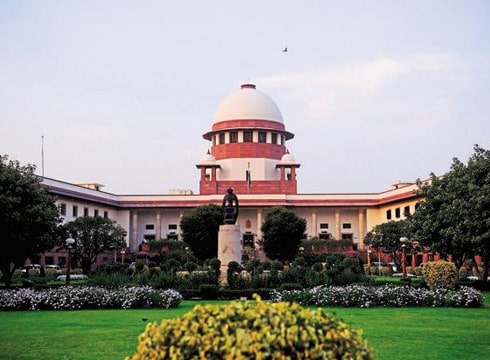
Seniority as Convention for Chief Justice of India
-Ipsita Mishra
Recently we have seen the contention regarding the seniority and collegium issue in judiciary. The tussle has been going on forquite some time when the CJI behaves as the ‘master of the roster’ and chooses judges not on the basis of seniority (which has been a convention) but according to his decision which he deems as final. Unless there be any strong cogent reason to justify a departure that order of seniority must be maintained between them while making their appointment in the Supreme Court.” [1]However, there have been instances earlier when the convention has been violated(A.N Ray was elevated during the emergency period in Indira Gandhi’s tenure), but it has been more in vogue in recent times. For example elevation of Justice Gogoi, Sanjeev khannaetc.
The merit, seniority, suitability can be compromised just on the basis that the chief justice is the master of the rooster? Shouldn’t there be a rational and judicious objective approach to appoint someone to the highest court of the country rather than just seniority being the basis.
The functions of the Chief Justice of India can be broadly classified into four:-
(1) CJI is first among equals and discharges adjudicatory functions.
(2) As the head of Supreme Court, he is the Master of the Roster and discharges administrative functions
(3) He makes recommendations for appointment to various Tribunals
(4) He makes recommendation for collegium
The position of the Chief Justice of India under the Constitution is unique, in that, on the judicial side, he is first among equals, while on the administrative side he enjoys limited primacy. There should be plurality in the opinion and decision of the Chief Justice when he appoints judges and this is where the concept of collegiums creeps in. Chief Justice has a general responsibility to ensure that the Court promotes change and reform as and when required. The ultimate purpose is to dispense justice.
Faith of the people is the bedrock on which the edifice of judicial review and efficacy is based upon.
In his capacity as a Judge, the Chief Justice is primus inter pares: the first among equals. In the discharge of his other functions, the Chief Justice of India occupies a position which is sui generis. Article 124(1) postulate that the Supreme Court of India shall consist of a Chief Justice of India and other Judges. Article 146 (3) reaffirms the position of the Chief Justice of India as the head of the institution. From an institutional perspective the Chief Justice is placed at the helm of the Supreme Court. In the allocation ofcases and the constitution of Benches the Chief Justice has an exclusive prerogative. As a repository of constitutional trust, the Chief Justice is an institution in him. The authority which is conferred upon the Chief Justice, it must be remembered, is vested in a high constitutional functionary. The authority is entrusted to the Chief Justice because such an entrustment of functions is necessary for the efficient transaction of the administrative and judicial work of the Court. The ultimate purpose behind the entrustment of authority to the Chief Justice is to ensure that the Supreme Court is above to fulfill and discharge the constitutional obligations which govern and provide the rationale for its existence. The entrustment of functions to the Chief Justice as the head of the institution is with the purpose of securing the position of the Supreme Court as an independent safeguard for the preservation of personal liberty. There cannot be a presumption of mistrust. The oath of office demands nothing less.[2]
The Constitution of India has been jealous in preserving the independence of the judiciary. The judges are accountable to the Constitution and the people and not to the political executive or the legislature. Hence there does not appear to be any rational and scientific basis for succession planning for filling the office of the Chief Justice of India. Rule of law, non arbitrariness should be followed.
[1]CAORA reported in 1993 4 SCC 441 in para 478 (3) and (4)
[2]Justice Chandrachud in 2018 5 SCC 341 Ashok Pande v. Supreme Court of India

